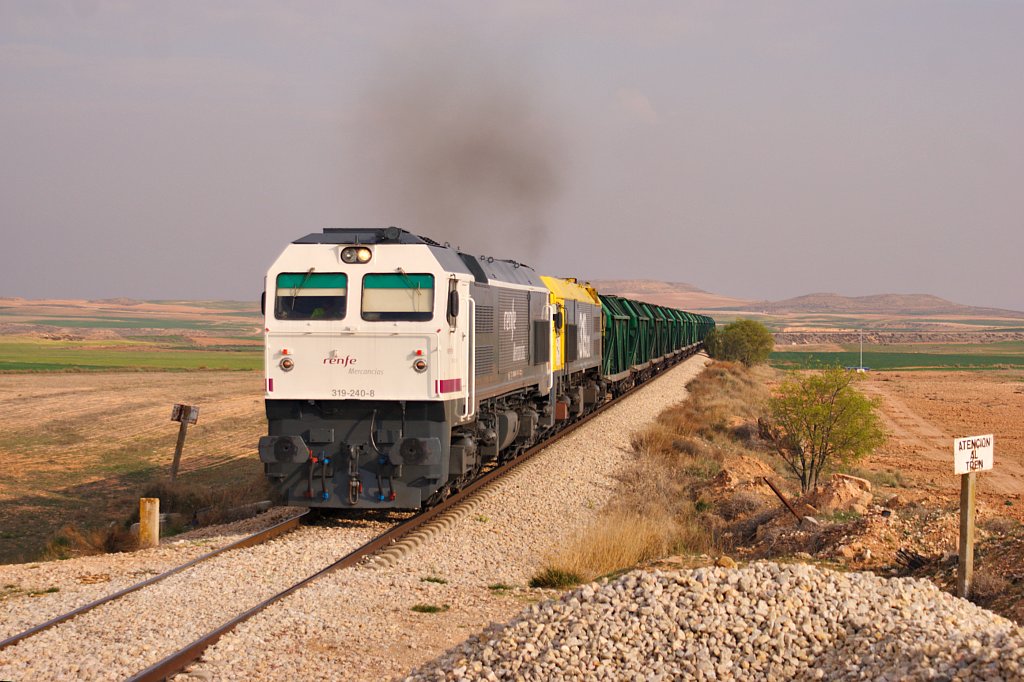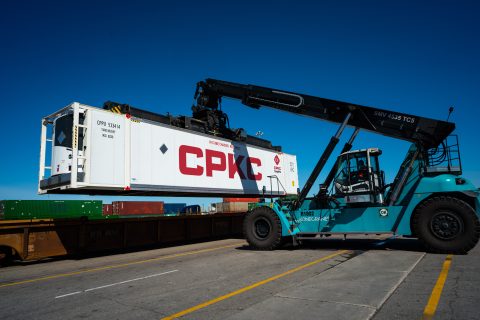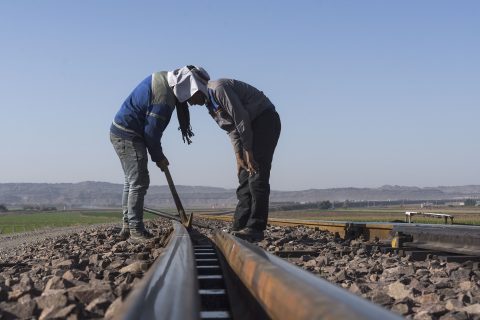Spain has been making strides in the Mediterranean Corridor

Spain has been quite active in the past years in the realisation of the TEN-T Mediterranean Corridor, expected to link Spain and Hungary, crossing Europe from west to east. Adif, the Spanish infrastructure manager, provided data on the development of the corridor since 2018 for the four regions it will cross: Andalusia, Murcia, Valencia, and Catalonia. Once completed, the Mediterranean Corridor in Spain will run along the country’s southern and eastern coasts.
Spain has allocated over 4,4 billion euros in 300 actions to develop the Mediterranean Corridor between June 2018 and now. These numbers reflect the trend of one action per week, which is an unprecedented pace for Spain. According to Adif, “100 per cent of the preliminary studies have been completed and 75 per cent of the works are underway”.
These investments have surely paid off, as the data provided by Adif shows. In 2018, preliminary studies were carried out for 60 per cent of the projects, while today they are all complete. Moreover, construction of the projects was at 45 per cent, while, currently, it stands at 75 per cent. Significant efforts have especially been made throughout the first nine months of 2022. Over 1,5 billion euros have been tendered, 900 million euros have been awarded, and 450 million have been already executed.
A closer look to the trends in the four regions
When it comes to Andalusia, the Mediterranean Corridor will run for 574 kilometres. Back in 2018, only 114 kilometres of the section were developed and no section was complete. Currently, on the other hand, said 114 kilometres have been completed and the remaining 460 have been developed. In the Murcia region, the corridor will cover 226 kilometres. In 2018, only 17 kilometres of the section were being developed. As of September 2022, 193 kilometres are under development and the remaining 33 have been already completed.


In the Valencia region, the corridor will extend over 717 kilometres. Four years ago, only 114 kilometres were developed and 163 were completed. Today, 488 kilometres have been developed and 229 finished. As far as it concerns Catalonia, the corridor will continue for 664 kilometres. In this region, over 520 kilometres of the corridor have been completed, with the remaining 144 under development. In 2018, the situation was different: 475 kilometres were complete, 45 were under development, and the remaining 144 were without any progress.


What’s next for the corridor? The Xativa-Nudo de la Encina section
One of the key developments in the Mediterranean Corridor in Spain is the adaptation to high-speed of the rail section between Xativa and Nudo de la Encina, southwest of Valencia. After an investment of around 413 million euros, the route is currently being tested with a train that can run at up to 200 km/h.
Once the testing phase is over, the works for doubling the track can be carried out. The total investment for doubling the Xativa-Nudo de la Encina section is estimated at 187 million euros, with Adif claiming it has already assigned two procurements for the execution. This section is important because it will connect the peninsular southeast with the northeast and the rest of Europe.
Also read:
- Strikes in Spain lead to 200 cancelled freight trains
- First frigo trailer on Belgium-Spain train opens new business for Hupac
- The Bouzas Port Area in Vigo is closer to getting a rail connection
You just read one of our premium articles free of charge
Want full access? Take advantage of our exclusive offer






A pity it is: TEN-T, an offensive goal, by no longer optimal standards, defensive turned is.
Shifts now, otherwise are seen, all over – at all other modes for added load capacity – for lower costs, etc.
Even worse, regrettably, current railway infrastructure investments are devastating. (New bottlenecks are constructed.)
Goal of EU was/is nearness! – at a “domestic” market…
(Despite “steering”, currently, for majority single alternative, the on road trucks is.)
A New Old Railway is needed!